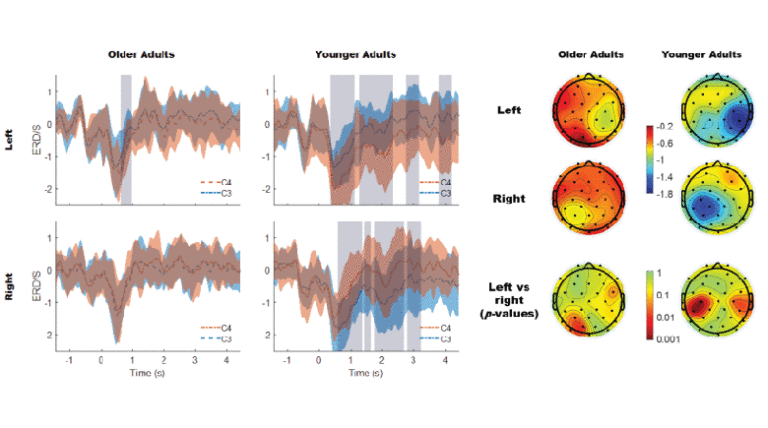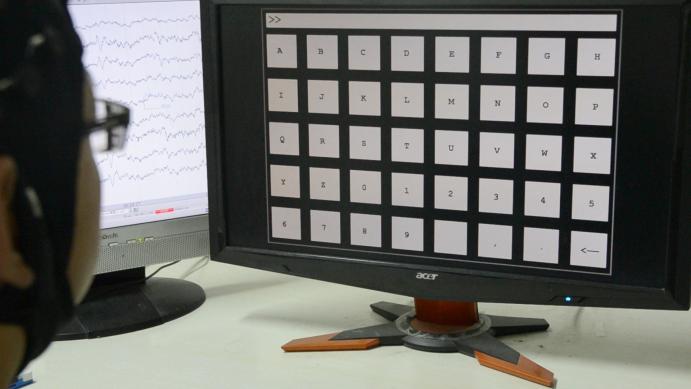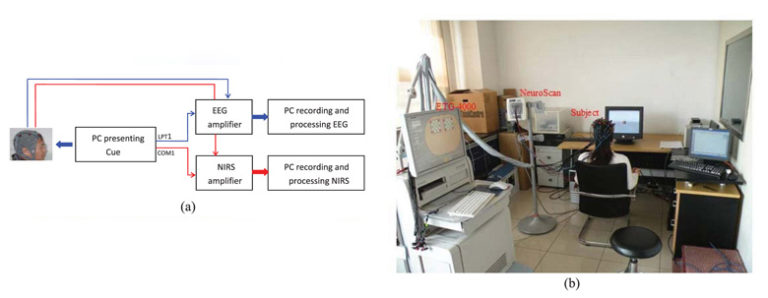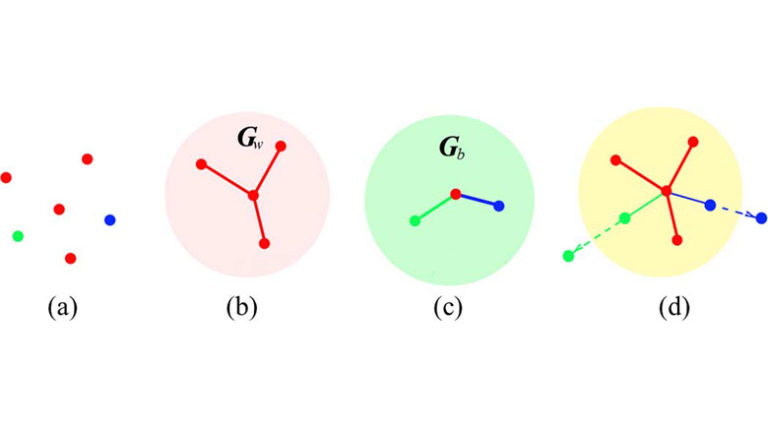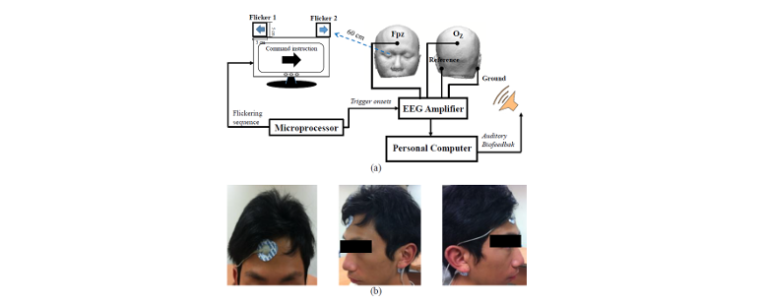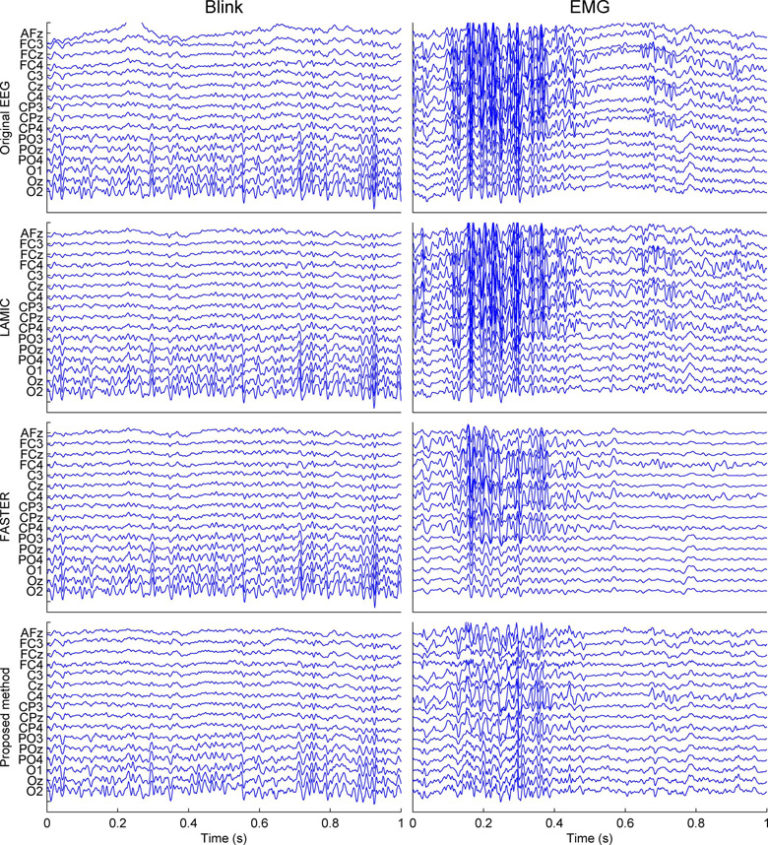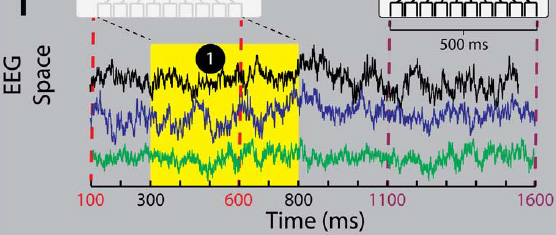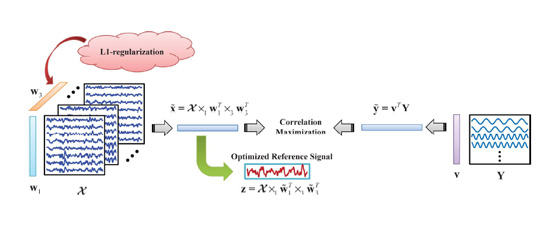The rapid increase in the number of older adults around the world is accelerating research in applications to support age-related conditions, such as brain–computer interface (BCI) applications for post-stroke…
read moreThis paper presents a benchmark steady-state visual evoked potential (SSVEP) dataset acquired with a 40-target brain-computer interface (BCI) speller. The dataset consists of 64-channel Electroencephalogram (EEG) data from 35…
read moreSimultaneous acquisition of brain activity signals from the sensorimotor area using NIRS combined with EEG, imagined hand clenching force and speed modulation of brain activity, as well as 6-class…
read moreThe detection of voluntary motor intention from EEG has been applied to closed-loop brain–computer interfacing (BCI). The movement-related cortical potential (MRCP) is a low frequency component of the EEG signal,…
read moreThis paper studied the amplitude-frequency characteristic of frontal steady-state visual evoked potential (SSVEP) and its feasibility as a control signal for brain computer interface (BCI). SSVEPs induced by different stimulation…
read moreA fully automated and online artifact removal method for the electroencephalogram (EEG) is developed for use in braincomputer interfacing (BCI). The method (FORCe) is based upon a novel combination of…
read moreA. Marathe, A. Ries, and K. McDowell ACCESS PAPER DATA READ FULL ARTICLE ON IEEE XPLORE Abstract Patterns of neural data obtained from electroencephalography (EEG) can be classified by machine learning techniques…
read moreY. Zhang, G. Zhou, J. Jin, M. Wang, X. Wang, and A. Cichocki ACCESS PAPER DATA READ FULL ARTICLE ON IEEE XPLORE Abstract Canonical correlation analysis (CCA) between recorded electroencephalogram (EEG)…
read more
